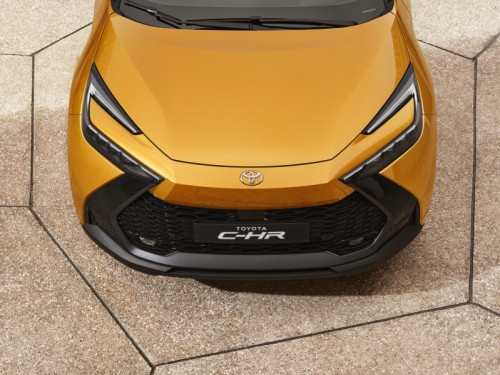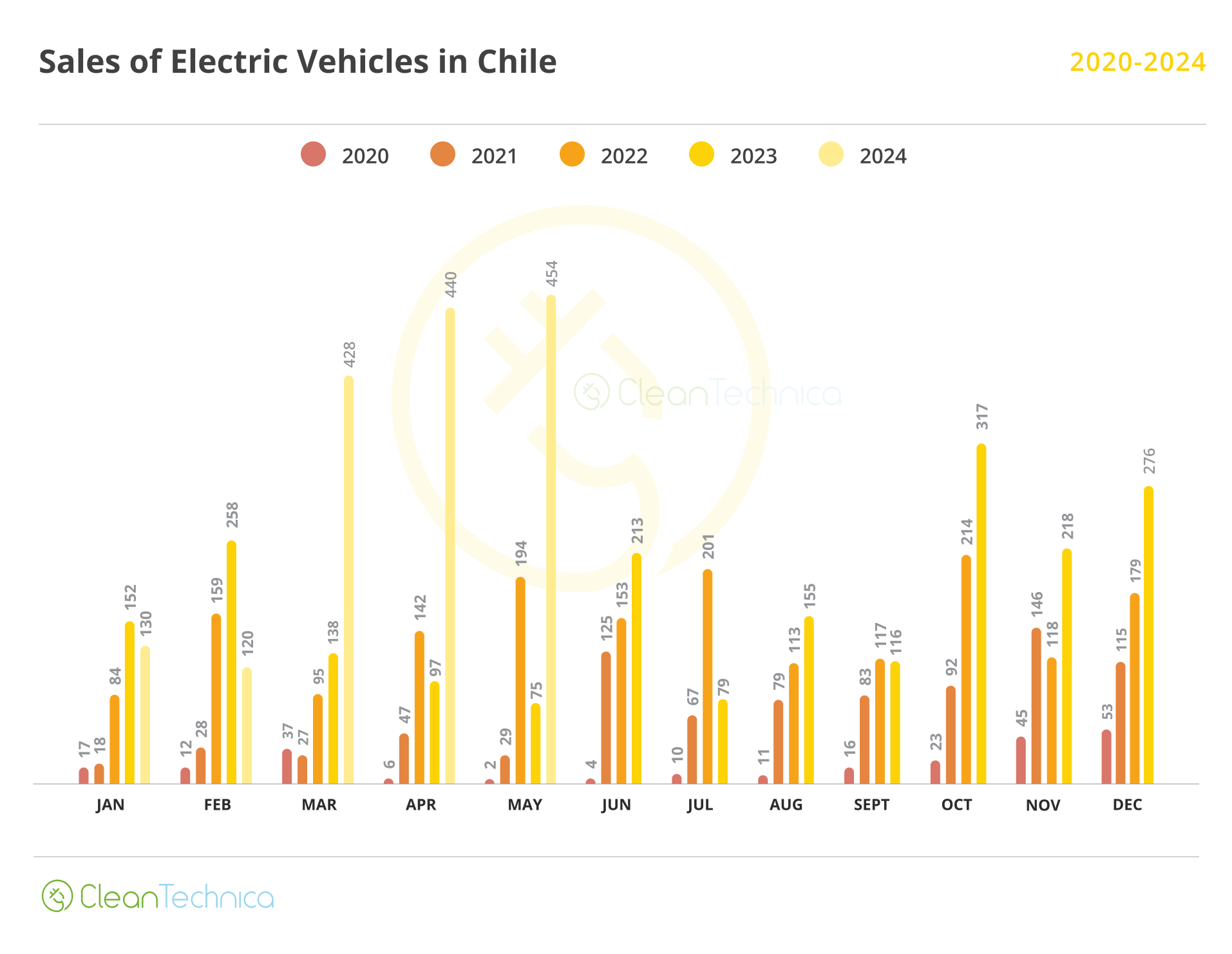London, 26 June, 2023, (Oilandgaspress) The launch of the original Toyota C-HR was a landmark for both Toyota and the European C-SUV segment. It was a radical addition to a highly competitive market, striking a contrast with conventional SUV styling with a dramatic, sharp-edged design closer to the look of contemporary sports coupes.
Its success as an innovator helped transform public perception of Toyota in Europe, adding a strong emotional dimension to the brand. Customers responded strongly with more than half citing the car’s styling as their principal reason for purchase. The Toyota C-HR went on to become Toyota’s best-performing model for conquest sales.
The all-new, next generation Toyota C-HR takes the stand-out quality and status of its predecessor to a higher level with avantgarde design, advanced technologies and a range of electrified hybrid and plug-in hybrid powertrains with increased power, greater driveability and extended all-electric driving capabilities. It also reinforces Toyota’s commitment to Europe: the new model was conceived in Europe with European customers firmly in mind, and it is being built exclusively in Europe, including assembly of its high-voltage battery units.

DESIGNED TO STAND OUT, NOT BLEND IN
The new Toyota C-HR’s striking design is faithful to the styling displayed by the prologue model revealed in late 2022. Its distinctive exterior has the impact of “a concept car on the road”.
The original Toyota C-HR broke the mould of SUV design with its coupe-like lines. These are rendered even more sharply in the new model with its “super-coupe” profile. The frontal treatment presents the new face for Toyota SUVs, seen also on the all-electric bZ4X and new Prius. True to the styling cues seen on the Toyota C-HR prologue, the look is keen and piercing, with a sense of the car being ready to surge forwards. The theme of interlocking shapes is prominent in the diamond-cut character lines along the side of the vehicle, underscoring the flush door handles – featured on a Toyota for the first time – and adding emphasis to the car’s road presence.
The car’s dynamic, condensed look is further strengthened by short overhangs and large wheels – up to 20-inch diameter. A new style of bi-tone paint design will be available, extending the contrast black roof down to the rear bumper and into the car’s rear three-quarter section. Efforts were focused on creating a seamless look with tighter shut lines and perfect integration of such as the cameras, radar, and headlight washers with a “concealed tech” approach.
Toyota’s design and aero teams worked closely together to ensure the exterior was aerodynamically efficient as well as visually impressive. This has ensured optimisation of airflow over and around the vehicle in details including the precise profiling of the front bumper and format of the rear roof spoiler.
Information Source: Read More
Energy Monitors , Electric Power , Natural Gas , Oil , Climate , Renewable , Wind , Transition , LPG , Solar , Electric , Biomass , Sustainability , Oil Price , Electric Vehicles,




